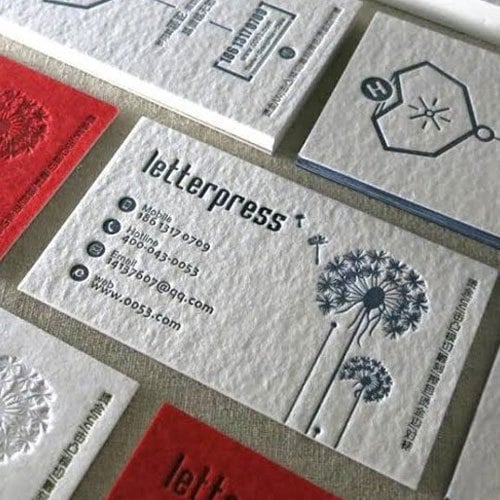The five elements of printing include Originals, plates, inks, printing presses, and substrates.
Manuscript
It refers to the original basis for completing the image reproduction process using a certain printing, generally the graphic information on the physical object or the carrier.
Printing Plates
Printing plates are the most significant equipment in the process of offset printing, without which the process could not be carried out smoothly. Printing plates are thin, flat sheets of metal, usually made of aluminum. It is mostly used for printing products such as business cards, catalogs, and brochures.
The plates for offset printing have a key function so that we can print on the different materials and forms of offset printing. Aluminum offset printing plates are based on ancient technology. A light or laser line illuminates the plate so that ink is applied to the image area.
Ink
Printing ink is made up of three parts: the vehicle, the coloring chemicals, and the additives.
-
The vehicle in charge of transferring the coloring chemicals from the ink fountain to the Typeform
-
It can be a vegetable base that dries by penetration and oxidation while ensuring fixation.
-
Or a kerosene-derived solvent basis, in which case drying is accomplished through evaporation.
-
There are many forms of coloring chemicals
-
Pigments - Pigments are light in weight (creating high volume) and small in particle size. At the same time, it is insoluble in water and only slightly soluble in solvents.
-
Agents are made from chemicals - they are soluble in water as well as solvents.
-
Lacquers - it is made by affixing a color ingredient to powdered metal.
-
The additions help to stabilize the mixture and provide the ink with more desirable properties. The type and amounts of the materials differ depending on the printing technique and the substance to be printed. During printing, the proportions must be examined and sometimes changed.
A Printing Press is a mechanical device that transfers ink by applying pressure to an inked surface resting on a print medium (such as paper or cloth). The creation and global expansion of the printing press, which was typically employed for texts, was one of the most influential events of the second millennium.
During the printing process, each cylinder catches dispersed dye inks from each color of the providing cylinders, and any surplus inks on the surface are removed (scraped) by the doctor blades, leaving only the etched pattern areas with inks.
Substrate
It refers to various substances that can accept ink or absorb colorant and present graphics and text, generally referring to paper.

